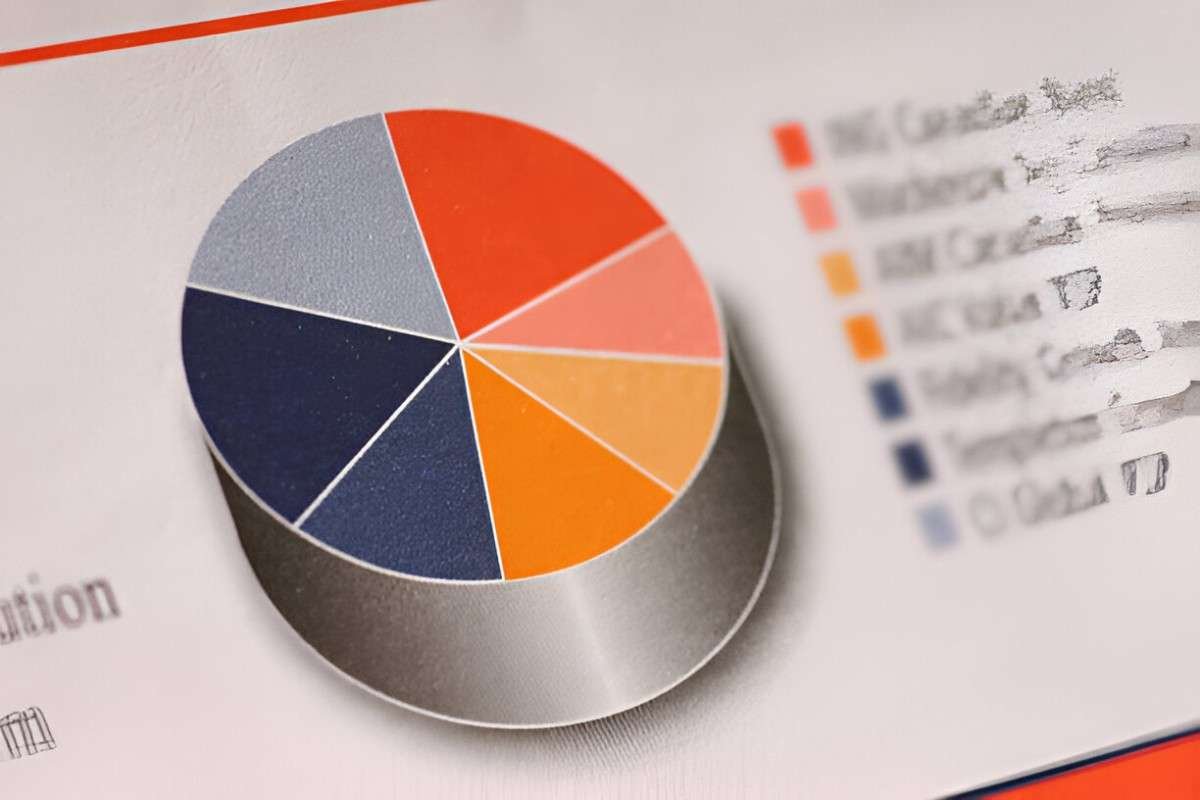As a financial analyst who has tracked dividend distributions for over a decade, I’ve seen how mutual fund dividends create both opportunities and tax complications for investors. Let me break down exactly how they work and how to optimize them for your portfolio.
Table of Contents
How Mutual Funds Generate Dividends
Mutual funds collect dividends from their underlying holdings (stocks, bonds, REITs) and must distribute at least 90% of this income to shareholders annually to maintain their tax-advantaged status under IRS rules.
Dividend Distribution Math
Dividend\ Per\ Share = \frac{Total\ Dividend\ Income - Fund\ Expenses}{Total\ Shares\ Outstanding}Example:
- Fund holds $10 million in dividend-paying stocks
- Generates $400,000 in annual dividend income
- $100,000 in fund expenses
- 1 million shares outstanding
- Dividend per share = ($400,000 – $100,000) 1,000,000 = $0.30
Types of Mutual Fund Dividends
| Dividend Type | Source | Tax Treatment | Frequency |
|---|---|---|---|
| Ordinary Dividends | Most common stock dividends | Taxed as ordinary income (10%-37%) | Quarterly |
| Qualified Dividends | Most U.S. corporate stocks | 0%, 15%, or 20% rates | Quarterly |
| Interest Dividends | Bond fund payments | Ordinary income rates | Monthly |
| Capital Gain Dividends | Profits from security sales | Long-term capital gains rates | Annual |
| Nontaxable Dividends | Municipal bond funds | Federal tax-exempt | Monthly |
The Tax Impact You Need to Understand
2023 Qualified Dividend Example
- $50,000 investment in dividend fund
- $1,500 qualified dividend distribution (3% yield)
- 15% tax rate applies
- $225 federal tax due
Comparison of $10,000 Investment:
| Fund Type | Dividend Yield | Tax Rate | After-Tax Income |
|---|---|---|---|
| Growth Fund | 1.2% | 15% | $102 |
| Dividend Fund | 3.5% | 15% | $297 |
| Bond Fund | 4.0% | 24% | $304 |
| Municipal Bond Fund | 3.0% | 0% | $300 |
Key Dividend Dates Explained
- Declaration Date: Fund announces dividend
- Ex-Dividend Date: You must own shares before this date to receive dividend
- Record Date: Shareholder of record date
- Payment Date: When dividend hits your account
Pro Tip: Buying just before the ex-dividend date often means paying a premium that equals the dividend amount – no free lunch.
Dividend Reinvestment: The Power of DRIPs
Automatic dividend reinvestment plans (DRIPs) harness compounding:
Future\ Shares = \sum_{t=1}^{n} \frac{Dividend_t}{Share\ Price_t}Example:
- 100 shares at $50/share
- $0.50 quarterly dividend
- Share price grows 5% annually
- After 10 years: ~142 shares worth ~$9,100
How to Choose Dividend-Paying Funds
Evaluation Criteria
- Dividend Consistency: 10+ years of stable or growing payouts
- Coverage Ratio: Earnings/dividends > 1.5x
- Expense Ratio: <0.50% for equity funds
- Turnover Rate: <30% for tax efficiency
Top Performing Dividend Fund Categories (10-Year Annualized):
- Utilities: 9.2%
- Consumer Staples: 8.7%
- Financials: 8.1%
- Healthcare: 7.9%
Special Considerations
- Foreign Dividend Taxes
- Subject to foreign withholding taxes (often 15%)
- May qualify for foreign tax credit
- Dividend Cuts
- Red flags: Payout ratio > 80%
- Watch sector-specific risks
- SEC Yield vs. Distribution Yield
- SEC yield: 30-day standardized measure
- Distribution yield: actual past payments
Actionable Strategies
- Tax Placement
- Hold high-dividend funds in retirement accounts
- Municipal bond funds in taxable accounts
- Dividend Timing
- Avoid buying just before large distributions
- Consider December distributions for tax planning
- Quality Screening
- Look for funds with:
- >10 year dividend growth history
- <60% payout ratio
- Top-quartile performance
Would you like me to analyze how dividend-focused funds might fit in your specific portfolio? I can help estimate potential income streams and tax implications based on your current holdings and tax bracket.





